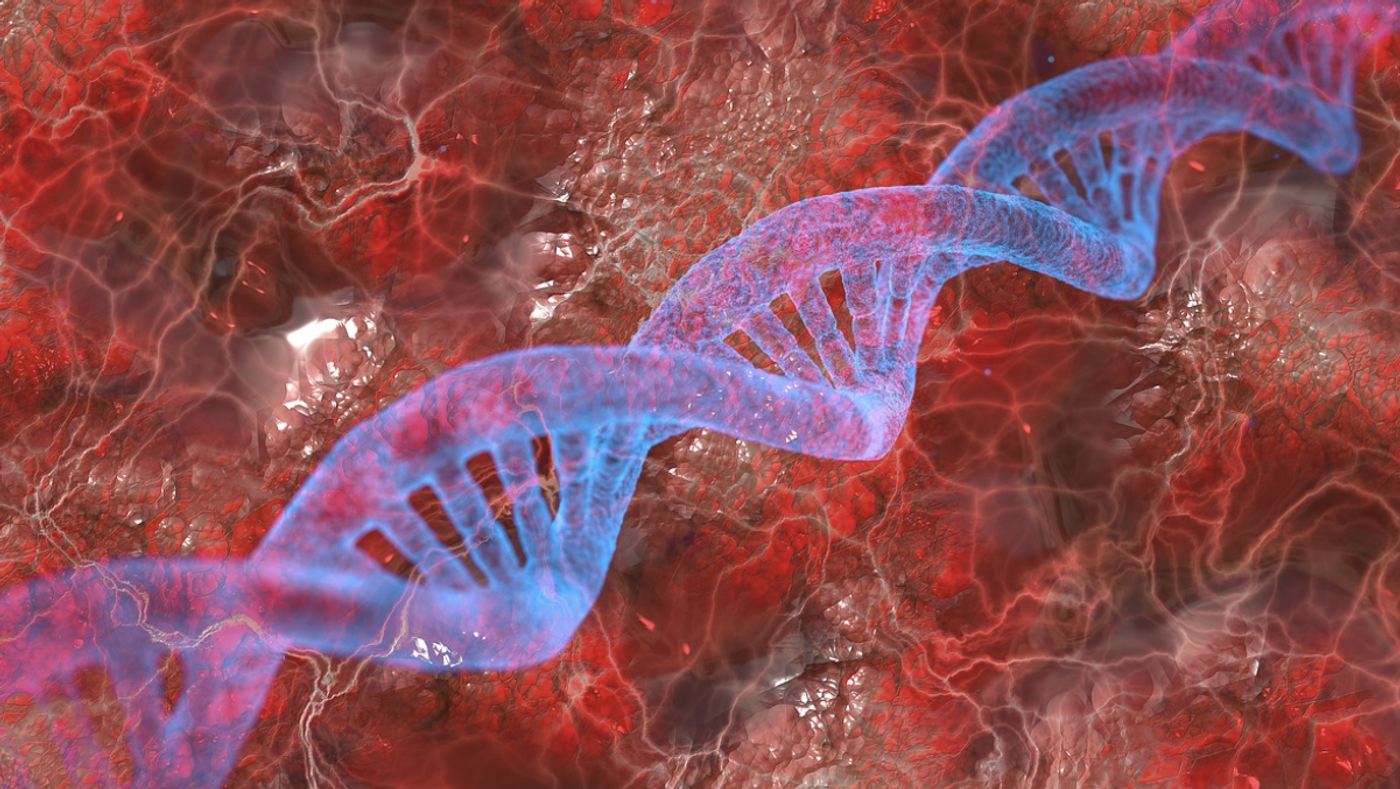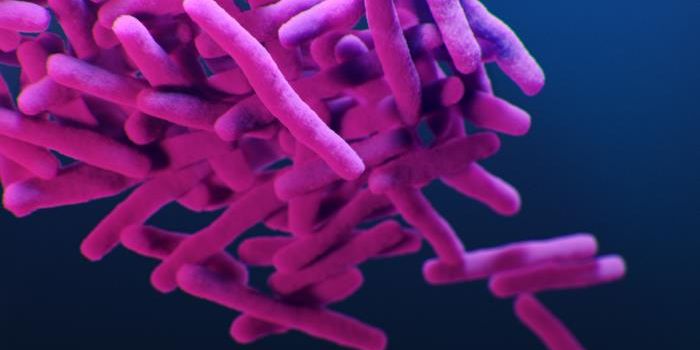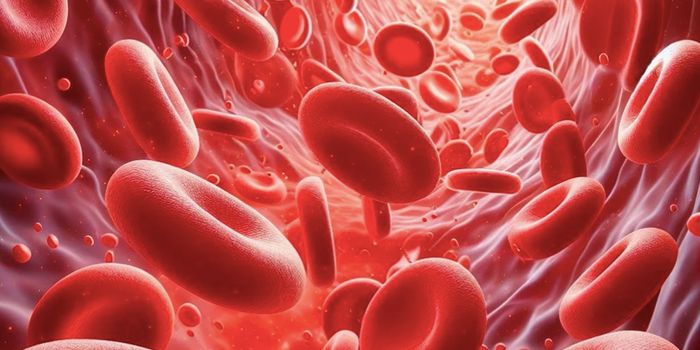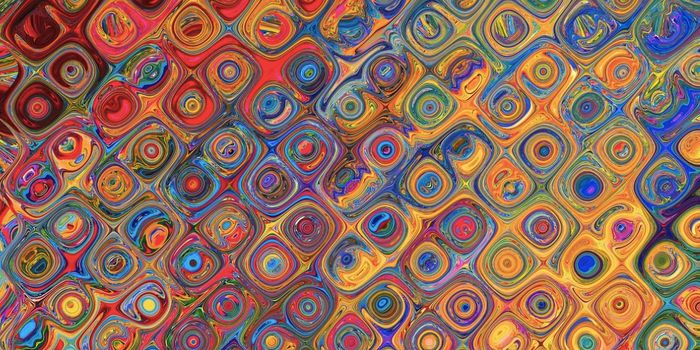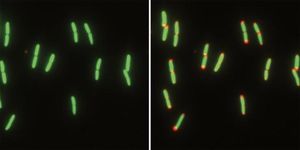Scientists Create Viral Vectors That Can Be Activated With Light
Most people think of viruses as nasty pathogens that can infect cells. Though it's taken time and testing, researchers have taken advantage of viruses' ability to enter cells, and have created viral vectors that can carry therapeutic molecular material into cells without causing harm. Gene therapy tends to rely on viral vectors. But it can be challenging to direct these viral vectors to infect specific cells, which is usually important to delivering medicine. However, researchers have now engineered viral vectors that can target cells more specifically, and which may be able to deliver gene therapy in a very controlled way. The scientists created a technique in which cells only absorb a viral vector when they are exposed to a red light. The work has been reported in Science Advances.
"We took away the viral vector's ability to dock with cells, which is an essential step before the genetic material can be introduced," explained Dr. Maximilian Hörner of the Cluster of Excellence CIBSS (Centre for Integrative Biological Signaling Studies) at the University of Freiburg.
In this work, the researchers used a red light-sensing photoreceptor system from a plant. There are two proteins, called PhyB and PIF, which are part of this system; when red light shines on PhyB, it binds to PIF. In this research, the researchers modified a viral vector so that it carried PIF; this vector is called OptoAAV. They also altered PhyB so it would bind to human cells. When cells growing in culture were treated with OptoAAV, the adapted PhyB protein, and illuminated with a red light at a wavelength of about 600 nm, OptoAAV attached to the illuminated cell and the cell took up the vector. When these cells were exposed to far-red light at about 740 nm, the interaction between PhyB and PIF6 was broken and the viral vector wasn't taken up.
"If a selected cell is now illuminated with red light, the modified vector can bind to this cell and introduce the target genes into the illuminated cell," said Hörner.
The researchers were able to introduce target genes into specific cells that were growing in culture. They were also able to illuminate the cells in culture successively over time, so different target genes could be added to certain cells at different places in the culture. Theoretically, researchers can use this system to modify various processes in different cells at the same time, which may tell us more about complex processes that involve multiple cells and pathways, like development or regeneration, for example.
"As these viral vectors become more widely used in the therapeutic field, we think this new technology has the potential to make such biomedical applications more precise," said Dr. Wilfried Weber, a Professor at CIBSS.
Sources: AAAS/Eurekalert! via University of Freiburg, Science Advances
